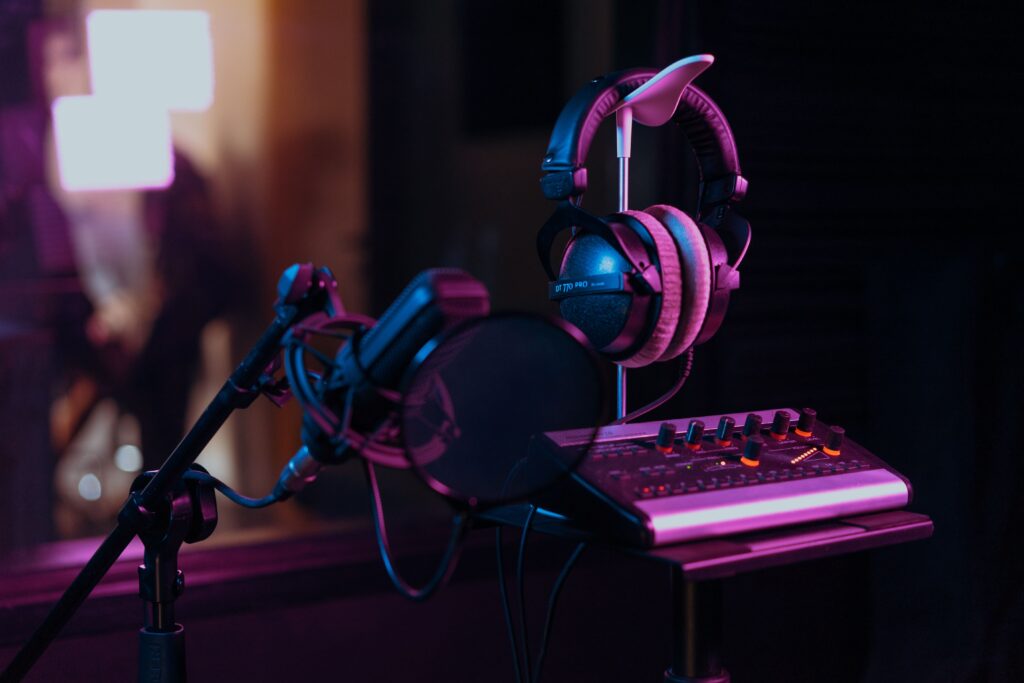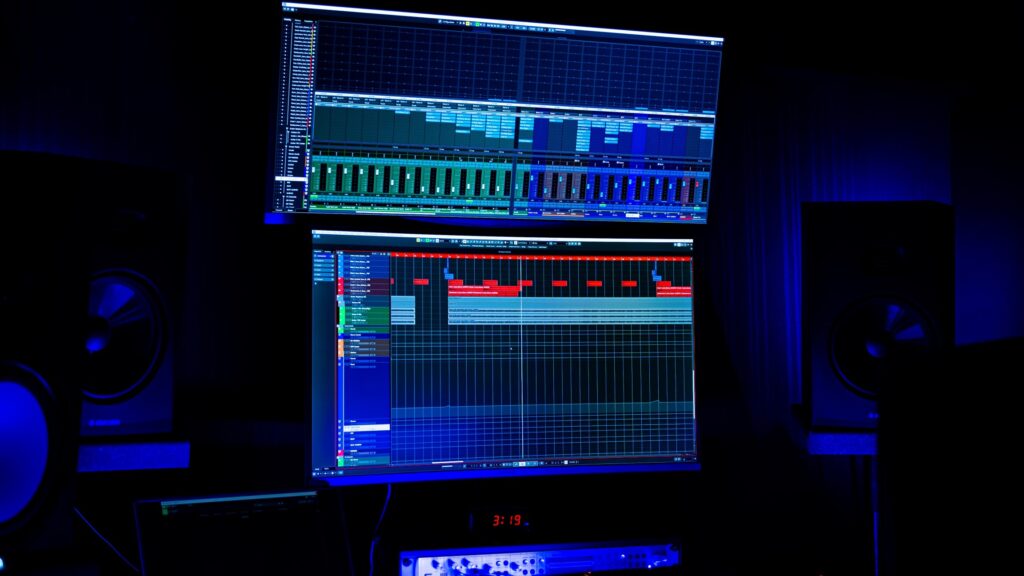Table of Contents
In recent years, a new audio phenomenon has taken the internet by storm – 8D audio. It’s an auditory experience that promises to transport you to another dimension through sound. But what exactly is 8D audio, and how does it work? In this article, we’ll explore the world of 8D audio, from its creation to its potential benefits and where you can find these captivating soundscapes.
What is 8D Audio?
8D audio is an audio production technique that aims to create a three-dimensional sound experience for the listener. It’s like virtual reality for your ears. When you listen to an 8D audio track with headphones, you’ll feel as though the music is moving around you, creating an immersive and surreal sensation. The “8D” in the name refers to the eight dimensions of sound that can be manipulated to achieve this effect.
How does 8D Audio work?
The magic of it lies in the manipulation of the audio signal’s panning, volume, and reverb effects. Producers use software and specialised techniques to create the illusion of sound moving in various directions around the listener’s head. By altering the timing and intensity of these effects, they can make the audio appear to come from above, below, in front, behind, and everywhere in between.
Do you need to use headphones to listen to 8D Audio?
To fully appreciate the immersive experience, headphones are essential. Standard stereo speakers won’t provide the same level of spatial awareness, as the effect relies on precise sound placement around your head. While you don’t necessarily need special headphones, over-ear headphones with good sound isolation can enhance the experience.

What headphones can you use to listen to 8D Audio?
Here are a few headphones that are well-regarded for their audio quality and are great for listening to 8D audio:
- Sony WH-1000XM4 – These over-ear wireless headphones from Sony are known for their excellent noise-cancelling capabilities and high-quality sound. They provide a clear and immersive audio experience, making them ideal for this audio.
- Sennheiser HD 660 S – Sennheiser is renowned for its audio quality, and the HD 660 S is no exception. These open-back headphones offer a natural and detailed soundstage, perfect for experiencing the spatial effects.
- Beyerdynamic DT 990 Pro – These open-back headphones are popular among audio enthusiasts for their precise audio reproduction. They provide a spacious and immersive soundstage that complements the experience.
- Audio-Technica ATH-M50x – The ATH-M50x is a favourite among professionals and casual listeners alike. They offer excellent sound clarity and isolation, which can enhance the effect.
- Bose QuietComfort 35 II – Bose is known for its comfort and noise-cancelling technology. These wireless headphones deliver balanced sound and a quiet listening environment, allowing you to focus on the intricacies of this audio.
Health Benefits of 8D Audio
Listening to 8D audio can offer several potential health benefits. It can help reduce stress and promote relaxation by immersing you in soothing sounds. The calming effect of it may also aid in better sleep, making it a valuable tool for those struggling with insomnia or anxiety-related sleep disorders.
Benefits for Neurodivergent individuals
For neurodivergent individuals, it can be a powerful tool for sensory stimulation and regulation. The immersive nature of the sound can help reduce sensory overload or provide a pleasant sensory experience, making it particularly valuable for people with autism or sensory processing disorders.

Does 8D Audio help with Anxiety?
Yes, it can help with anxiety. The soothing and immersive qualities of this audio can lower anxiety levels by distracting the mind from stressors and inducing a sense of calm. Many people find that listening to 8D audio tracks helps them relax and unwind.
Can it help with ADHD as well?
While it may not be a direct treatment for ADHD (Attention Deficit Hyper-Active Disorder), it can serve as a useful focus aid. Some individuals with ADHD find that the immersive and dynamic nature of 8D audio helps them concentrate on tasks or study better, potentially improving productivity.
Can 8D Audio be bad for you?
Like most things in life, too much of something can potentially be harmful. Similarly, it is not bad for you when enjoyed in moderation. However, it’s essential to listen at a comfortable volume to protect your hearing. Prolonged exposure to high volumes can lead to hearing damage. Additionally, if you experience any discomfort or dizziness while listening, it’s advisable to stop and take a break.

How can you convert songs into 8D?
Yes, it is possible to convert songs into 8D audio using audio editing software like Audacity or Adobe Audition. The process involves manipulating the audio tracks to create the desired spatial effects. There are also online tools and apps that can simplify the conversion process for those who are not experienced audio editors.
How are 8D songs made?
Creating 8D audio requires a good understanding of audio production and manipulation techniques. Here are the basic steps:
- Import your audio track into an audio editing software.
- Create multiple audio tracks for each instrument or element in the song.
- Apply panning, volume, and reverb effects to simulate movement and depth.
- Carefully adjust the timing and intensity of these effects for a 3D audio experience.
- Export the final 8D audio track.
This process involves skillfully using audio editing software to manipulate the sound’s spatial characteristics, creating an immersive experience for the listener. There are no specific lines of code involved; it’s all about using the software’s features to achieve the desired effect.
Where can you find 8D Audio?
Currently, YouTube is probably your best bet for finding 8D Audio compilations and songs. But there’s no guarantee of the quality or if the person who uploaded said song has acquired permission from the artist to do so.
If you’re looking for soothing music that has the same effect as 8D you can check out our Deep Focus playlist that provides the ASMR satisfaction!

